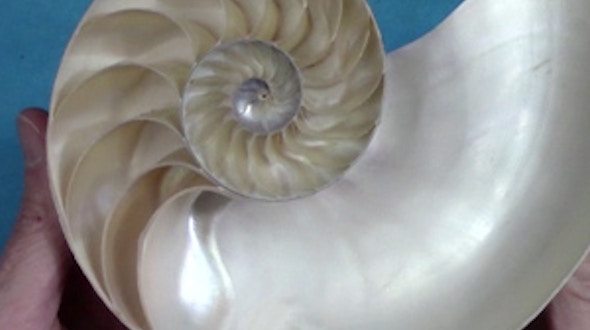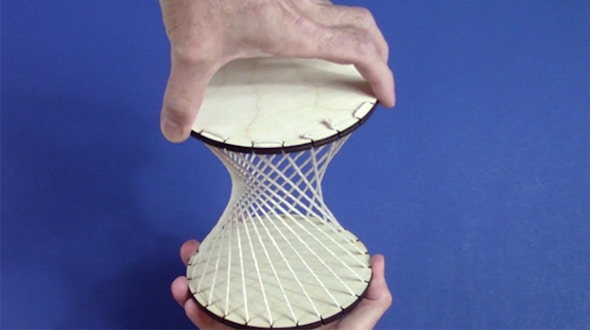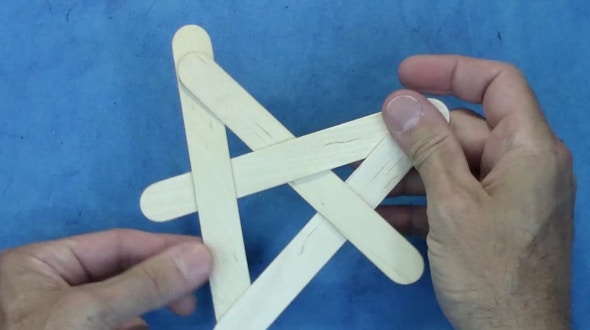Mathematical Impressions: Making Music With a Möbius Strip
By clicking to watch this video, you agree to our privacy policy.
The connections between mathematics and music are many. For example, the differential equations of vibrating strings and surfaces help us understand harmonics and tuning systems, rhythm analysis tells us the ways a measure can be divided into beats, and the study of symmetry relates to the translations in time and pitch that occur in a fugue or canon.
This video explores a less well-known connection. It turns out that musical chords naturally inhabit various topological spaces, which show all the possible paths that a composer can use to move between chords. Surprisingly, the space of two-note chords is a Möbius strip, and the space of three-note chords is a kind of twisted triangular torus.
For a thorough presentation of the ideas introduced here, suitable for both mathematicians and musicians, see “A Geometry of Music” by Dmitri Tymoczko.
The “Umbilic Torus” sculpture shown at the end of the video was created by Helaman Ferguson.
Related:
More videos from the Mathematical Impressions series.


